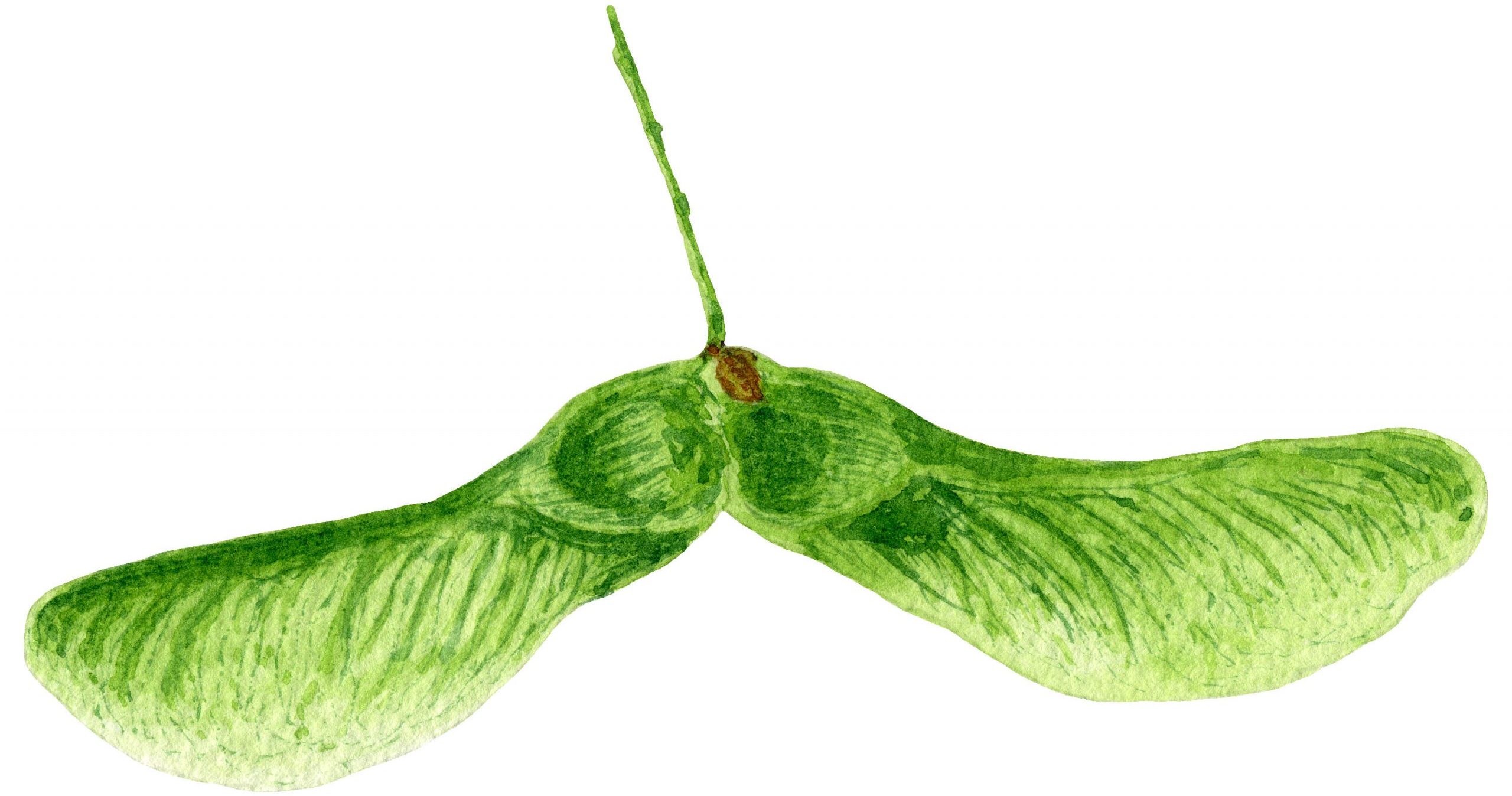TAKING IN THE GOOD:
Countering negativity bias and increasing happiness
This essay was originally published in The Hard Prune on 2nd May 2025.
Negativity bias is our brains’ evolutionary tendency to focus on the negative. We are wired to look out for danger. It’s how our ancestors stayed alive – being constantly alert.
We reinforce this wiring when we have negative experiences: they sensitize the brain, making us likely to have even more negative experiences. If we read bad news, our brains will look for more bad news. If we worry a little, we will worry a lot. Fear begets fear. It’s a classic vicious cycle.
Positive experiences, meanwhile, are slippery. They can build inner strengths like happiness and resilience, but the brain has to be taught how to hold onto them; it doesn’t do it naturally. Neuroscientists describe human brains as like Velcro for negative experiences and Teflon for positive ones. The negative sticks and the positive slides off, unless we intentionally change the surface. Or, in the case of the brain, the wiring. Which is something we can do!
Rick Hanson is a neuropsychologist who has made the study of rewiring brains (neuroplasticity) his life’s work, and he’s written several books of popular psychology explaining how to go about it yourself. Like most of these kinds of books, they tend to say in two hundred pages what could be said in twenty, so I’m going to summarize one of his best tools for you.
Here is a simplified version of a very helpful practice Hanson describes at length in his book Hardwiring Happiness. It’s called taking in the good, and it’s something you can do regularly to create lasting change in the way your brain works. I practice it myself as often as I can remember to do it.
First, know that every experience in life is either pleasant, unpleasant, or neutral. Your task is to make an effort to notice the pleasant ones.
I’m not talking big, complicated experiences here. I’m talking moments. The feeling of a baby’s warm weight on your chest. A long glimpse of a heron skimming the water. The sound of a friend laughing at a joke you’ve just cracked. A sense of exhausted satisfaction at the end of a run. The first taste of a meal you’ve made that’s turned out surprisingly well. That is the starting point: notice.
It might take a little while to develop this ability. Having a meditation practice helps, but it’s not necessary. You might help yourself along by asking yourself, at regular intervals, is there anything nice happening in this moment? Do I feel a sense of ease, calm, delight, connection, wonder, relief, peace, even just a momentary sense of okayness? Okayness is underrated. Given space, it can be a tremendously pleasant feeling.
Then, when you realise you’re aware of something pleasant happening, whether in the foreground or the background of your consciousness, choose one of your senses and use it to deepen the experience. I’ll remind you of your options: hear, see, smell, touch or feel.
You could notice the temperature of the baby on your chest, or the quick pulse of its breathing and flutter of its heart, or the openness of your own heart beneath it. You could focus on the deep green of the trees reflected in the water beneath the heron, or the hum of the motorway in the background. You might take in the precise sound of your friend’s laughter, or the feel of the sweaty shirt clinging to your back, or the texture of the bite you’ve just put in your mouth.
Let me make this even simpler and give you a specific place to start. The sense I find myself calling on most is sight. I like to focus on a color. For example, a few years ago I took my son on a particularly delightful bike ride around the football field near my house. It was sunny, he was happy, so was I. And when I realised that a sense of wellbeing was present, I took a beat to take in the bright orange of his bicycle. I didn’t try to name the color – I just spent a moment really seeing it. That’s it.
These brief, simple acts change your neural structure. Your brain becomes less reactive and more responsive. The more you develop your underlying sense of resilience and wellbeing, whenever it shows up, the less contingent it becomes on external factors. “Remarkably,” Hanson writes, “the experience of peace, contentment, and love that are important aims for a good life are also powerful methods for achieving it.” You can increase your aptitude for positivity by noticing and deepening the pleasant experiences you already have. A virtuous cycle!
And in today’s dystopian times, when cognitive dissonance, anger and fear are, if not constant companions, always within arm’s reach, strengthening a noncontingent sense of wellbeing is practically a superpower.
Follow this link to subscribe to The Hard Prune and receive practical tools for dystopian times in your inbox most Fridays.
